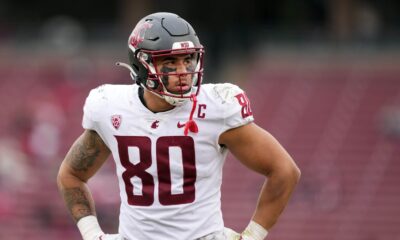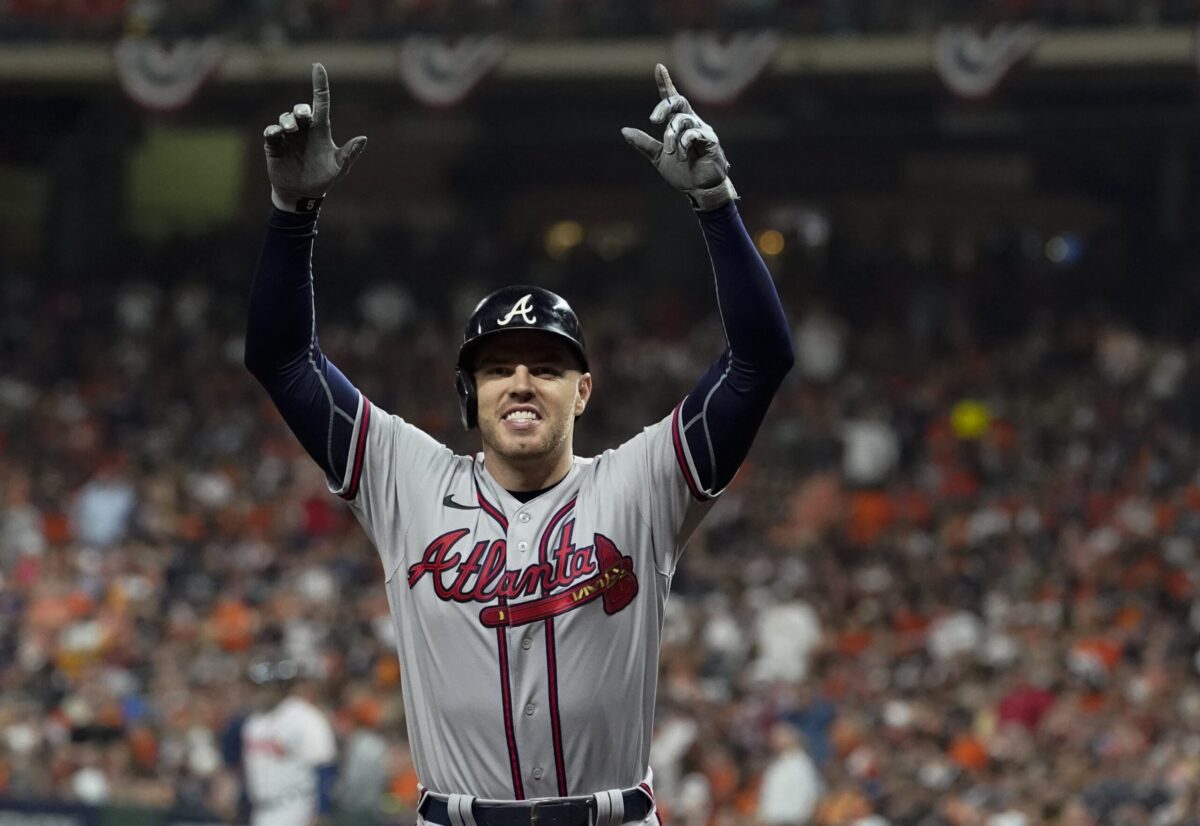
The MLB Collective Bargaining Agreement is set to expire next month, and the players and owners are unlikely to reach a new deal in time.
This article is the first in a new series detailing the critical issues facing Major League Baseball as the players and MLB owners renegotiate the Collective Bargaining Agreement. Today, we take a look at why relations between the two sides are so fragile.
Major League Baseball is headed for a lockout in December, and it will be ugly. MLB has not had a work stoppage since the infamous players’ strike in 1994. They have maintained relative peace while the rest of the Big 4 leagues embarrass themselves in front of the public eye. Now we are set to miss part of the 2022 season, and everyone loses. Owners lose money, players lose money, and fans lose their entertainment.
If lockouts are so bad for health of the sport, then why is this one so inevitable?
As I hinted in the first paragraph, the answer, as always is money. Business owners only care about making money, they do not want to give any of it up, and they have the power to keep it. Players also primarily care about money, but they also genuinely love baseball. Plus, their salaries, no matter how large, pale in comparison to the billions of dollars that line the owners’ pockets.
A Brief History Lesson of MLB Labor Relations
The fundamental divide between workers and ownership is thousands of years old and makes up much of contemporary discourse, but baseball has its own strain of disputes. The divide goes back to the hated Reserve Clause that lets teams simply renew a player’s contract as is. That means that players could not choose their own employer, and they earned less than they deserved.
When the players unionized in 1966, their salaries were only three times higher than the average American. Fans could more easily identify with fellow members of the middle class, but the players were providing far more value to their teams than they got back in money. When legends Sandy Koufax and Don Drysdale held out that year, Koufax only made $125,000, and Drysdale $110,000.
While Curt Flood valiantly fought to choose his own team in 1969, he could not win alone. To run the new union, the players brought on labor activist Marvin Miller to fight for them. He forced the MLB owners to negotiate and won the right to free agency in the 1970’s. As a compromise, he offered six years of team control before a player reaches free agency so that rosters are not completely overhauled every single season. Miller was very belatedly inducted into the Hall of Fame in 2020, and Flood is the Hall’s most egregious omission.
Where We Stand Today
As we know, free agency has been a boon to both the players and the owners. For the most part, players get paid what they are worth, and owners make more money with higher ticket prices. But, the end of each Collective Bargaining Agreement resulted in a work stoppage through the rest of the century. The ’94 strike was so devastating that the league and the MLBPA have made sure that they reach a deal when each CBA expires.
While every player and MLB insider knows a lockout would hurt, no player was around in 1994 to experience it firsthand. That means they do not realize how many fans will feel alienated, and owners do not care how fans feel in the first place (have you heard about the Sister City plan?) If the players require a lockout to get fair compensation, then they will take the PR hit.
As I will talk about more extensively in future articles, we need some serious adjustments to team control, parity, and amateur acquisition. Why the players are in a tough spot, though, has more to do with recent failures.
The current head of the Players Association is Tony Clark. Unlike Miller, Clark is a former player and does not come from a background of labor activism. When MLB and the union last negotiated a CBA in 2016, Clark focused on a player’s lifestyle instead of compensation. The owners were more than happy to give more Spring Training bus seats while keeping team control structures in tact. Clark got fleeced, and now he has to make up for lost time.
Economic Problems Galore
The problems that exist today certainly existed five years ago, but they have become more obvious. More and more teams hold back top prospects due to service time manipulation. Good players remain unsigned well into the spring because teams hold out until the players get desperate. The league shortened the draft so that teams would not have to pay as many players, and anyway teams only draft to fit their bonus pools.
If Clark addressed some of these issues last time around, the two sides would not be as far apart. As it stands today, there are too many obstacles to overcome to reach a deal in time. This may be unlikely, but hopefully there is a new agreement before pitchers and catchers report in February.
Related

Featured Articles
-
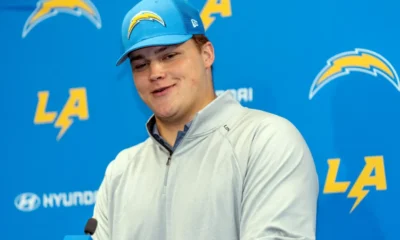

Features
/ 3 hours agoWhy Joe Alt Is the Perfect Pick for the LA Chargers
Marvin Harrison Jr. Malik Nabers. Rome Odunze. I’ve heard these names in reference to...
-
MMA
/ 1 day agoUFC 300: Holloway Sends His Blessings
When Max Holloway decisively lost his third fight against Alexander Volkanovski, his championship aspirations...
By Brandon Li -
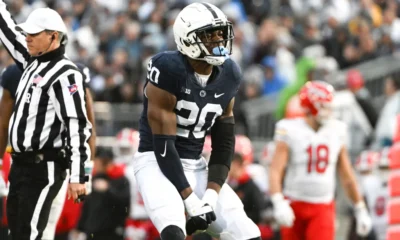

College Football
/ 2 days agoNFL Draft 2024 Scouting Report: Adisa Isaac, Edge, Penn State – Baltimore Ravens
Drafted by: Baltimore Ravens Height: 6’4” Weight: 247 Arm Length: 33 ⅞ ...
-
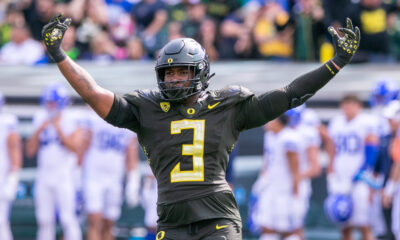

College Football
/ 2 days agoNFL Draft 2024 Scouting Report: Brandon Dorlus, DL, Oregon – Atlanta Falcons
Drafted by: Atlanta Falcons Height: 6’3” Weight: 283 Arm Length: 33 ¼ ...
